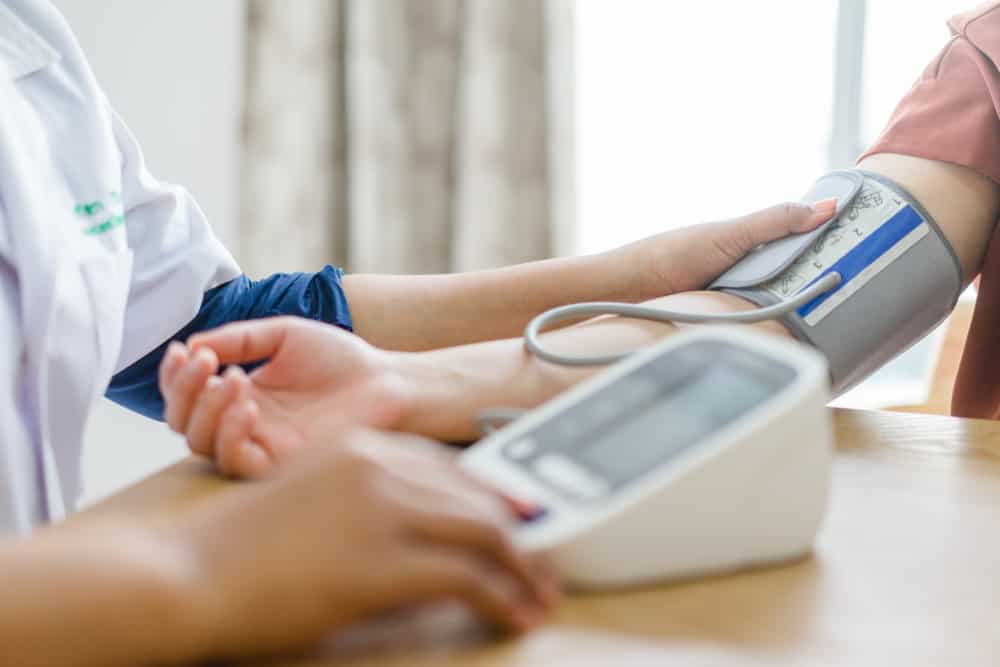Contents:
Medical Video: What to do if someone is having a seizure
Many people believe that seizures are the same as epilepsy. Although these two terms are often used together, seizures (a single occurrence) differ from epilepsy (consisting of two or more recurrent seizures without reason).
What is epilepsy?
Epilepsy is a neurological disorder when a group of brain nerve cells, called neurons, sometimes release abnormal signals that cause spasms.
Some people experience convulsions (sudden and recurring general muscle contractions) and lose consciousness. Others may just stop from what they are doing, have a short awareness of consciousness, and stare at a distance, like they are dumbfounded. Some people can very rarely experience epileptic seizures, while others can experience seizures up to hundreds of times a day.
What causes epilepsy?
Generally, a person is not considered to have epilepsy if he has never experienced two or more separate unprovoked seizures in at least 24 hours.
Epilepsy is caused by many things, but in most sufferers, the exact cause is unknown. In other cases, epilepsy is a result of genetic factors, brain development abnormalities, infections, brain tumors, brain injuries, or other identifiable medical conditions. Anything that can disrupt the normal pattern of neuron activity, starting from illness, brain damage, to abnormal brain growth and development, can cause seizures.
In contrast, generalized seizures are a seizure condition caused by a variety of precipitating factors, such as high fever, nervous system infection, acute traumatic brain injury, or imbalance of blood sugar or electrolytes.
What are the signs and symptoms of epilepsy?
Most epileptic seizures include spontaneous, brief, and self-limiting.
Epilepsy signs and symptoms may include:
- Temporary confusion
- Empty eyes, staring at one point for too long
- Uncontrolled jerking movements on the hands and feet
- Lost consciousness completely or temporarily
- Psychological symptoms
- Muscle stiffness
- Trembling or seizures, in parts of the body (face, arms, legs) or the whole
- Seizures followed by the body tighten and sudden loss of consciousness, which can cause the person to suddenly fall
First aid in epilepsy
The majority of people diagnosed with epilepsy can control the incidence of their seizures with drugs and surgery. However, up to 30-40 percent of people with epilepsy are required to continue to live with the risk of seizures because available treatment therapies cannot fully control their seizures.
If you are with someone who has a tonic-clonic epileptic seizure (a seizure that is followed by muscle stiffness and loss of consciousness that puts the person at risk of falling), you should try to:
- Stay calm and stay with that person
- Calculate the time of seizure from beginning to end
- Loosen the clothes around his neck
- Get rid of sharp and dangerous objects (glasses, furniture, other hard objects) from that person
- Ask the people around, if any, to step back and give the room to that person
- Slowly, lay the person on his side as fast as possible, put the pillow (or something soft) under his head, and open his jaw to open a better breathing path while preventing the person from choking on saliva or vomiting. A person cannot swallow his tongue, but the tongue can be pushed backwards and cause obstruction of the airway.
- Keep communicating with these people so that you know when they are aware.
- After the victim is aware, he may feel dazed. Keep company and calm the victim. Don't leave the victim alone until he feels completely back fit.
Don't do this:
- Resist seizures or curb the person. This can result in injury
- Insert any object into the victim's mouth or pull his tongue out. This can also cause injury
- Give food, drink, or medicine until the victim is fully recovered and fully aware
Seek medical attention immediately, if:
- This is the first seizure (keep looking for help if you're not sure)
- Seizures last more than five minutes, or the first seizure is immediately followed by continued seizures without a pause (status epilipticus), or if the victim cannot be awakened after a seizure and trembling is over.
- The person cannot be fully conscious or has difficulty breathing
- Seizures occur in the water
- The person is injured during a seizure
- The person is pregnant
- You are hesitant
If a seizure occurs when the person is in a wheelchair, the passenger seat of a vehicle, or a child stroller, let him stay seated as long as they are safe and awake by a seat belt. Support the head until the seizure is over. Sometimes, the victim needs to be lifted out of the chair when the seizure is over, for example, if the respiratory tract is blocked or they need to sleep. If there is food, drink, or vomit, remove the person from the chair and immediately lay it aside.
If the condition does not make it possible to move the victim, continue to support the head to make sure the head is not drooping backwards, then dispose of their mouth when the seizure is over.
READ ALSO:
- First aid for people who faint
- Various causes of headaches
- What happens to babies if the mother is stressed during pregnancy?












